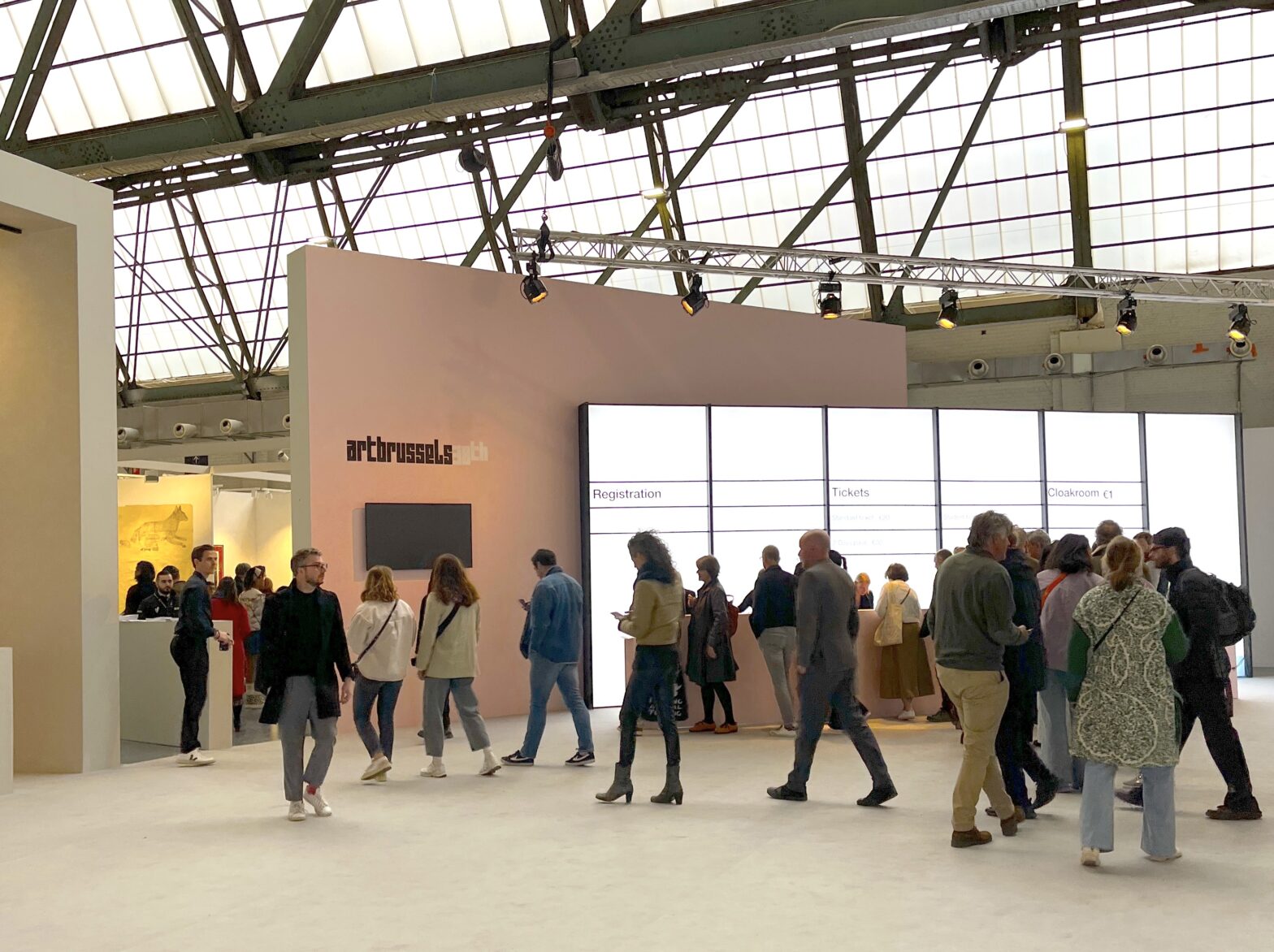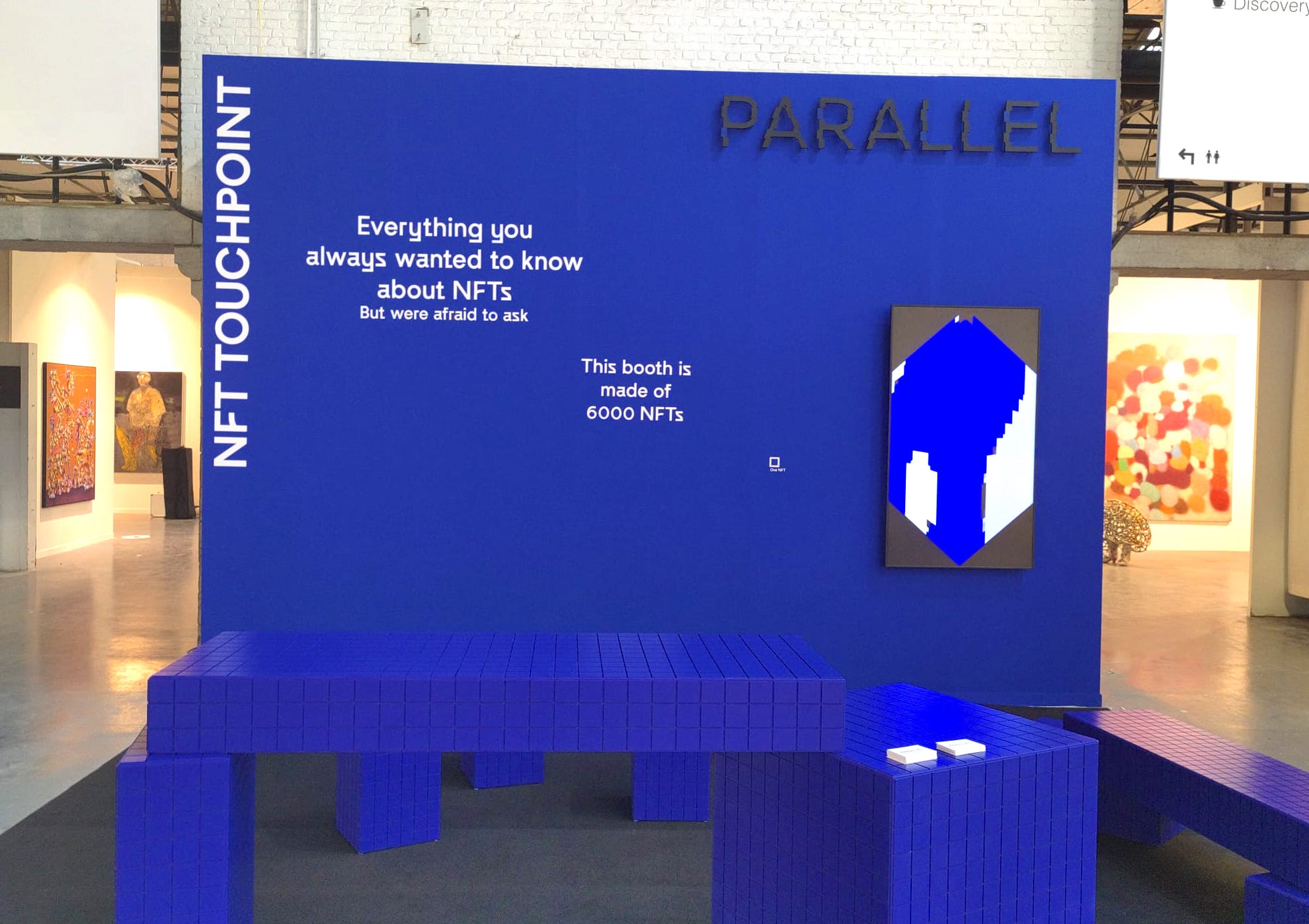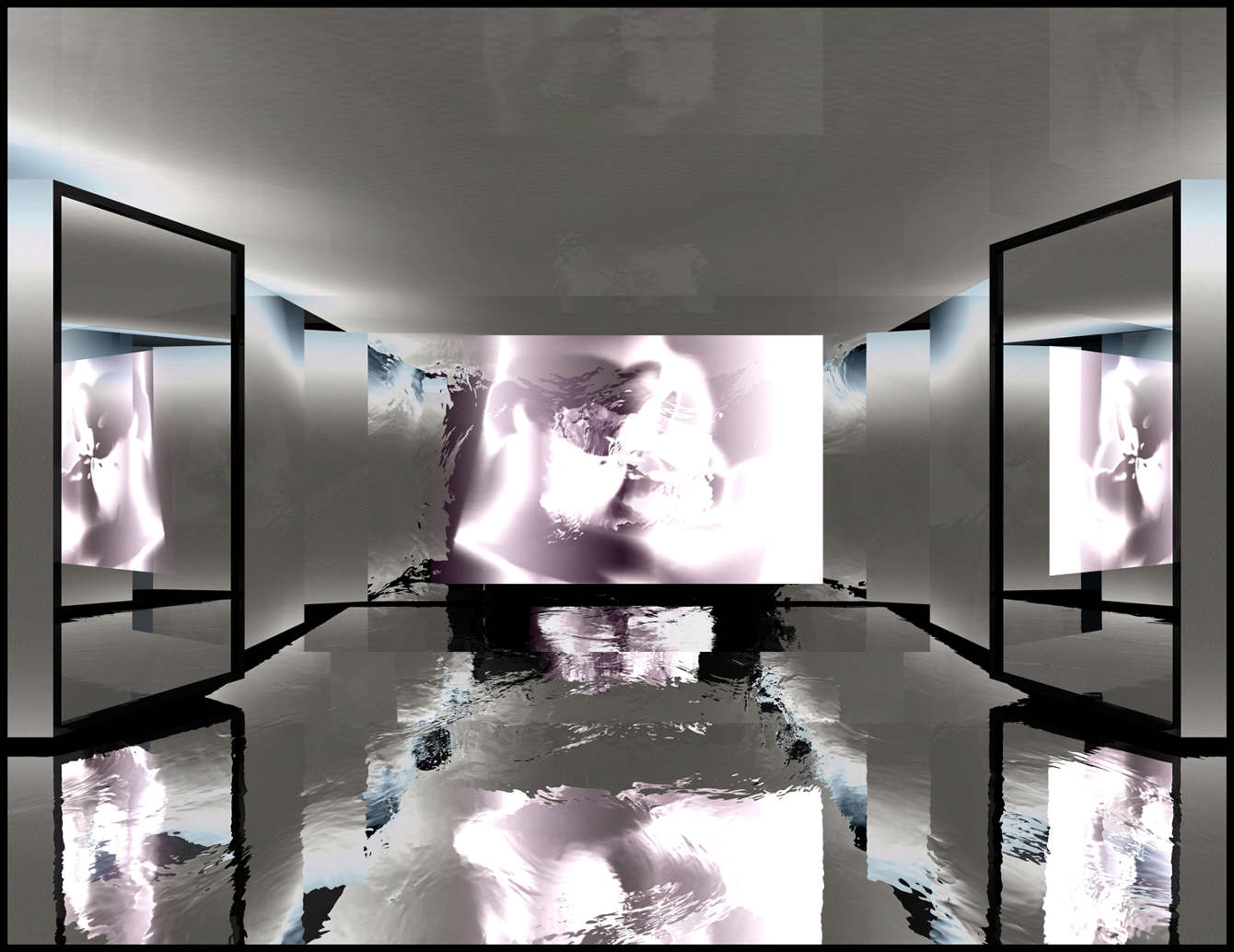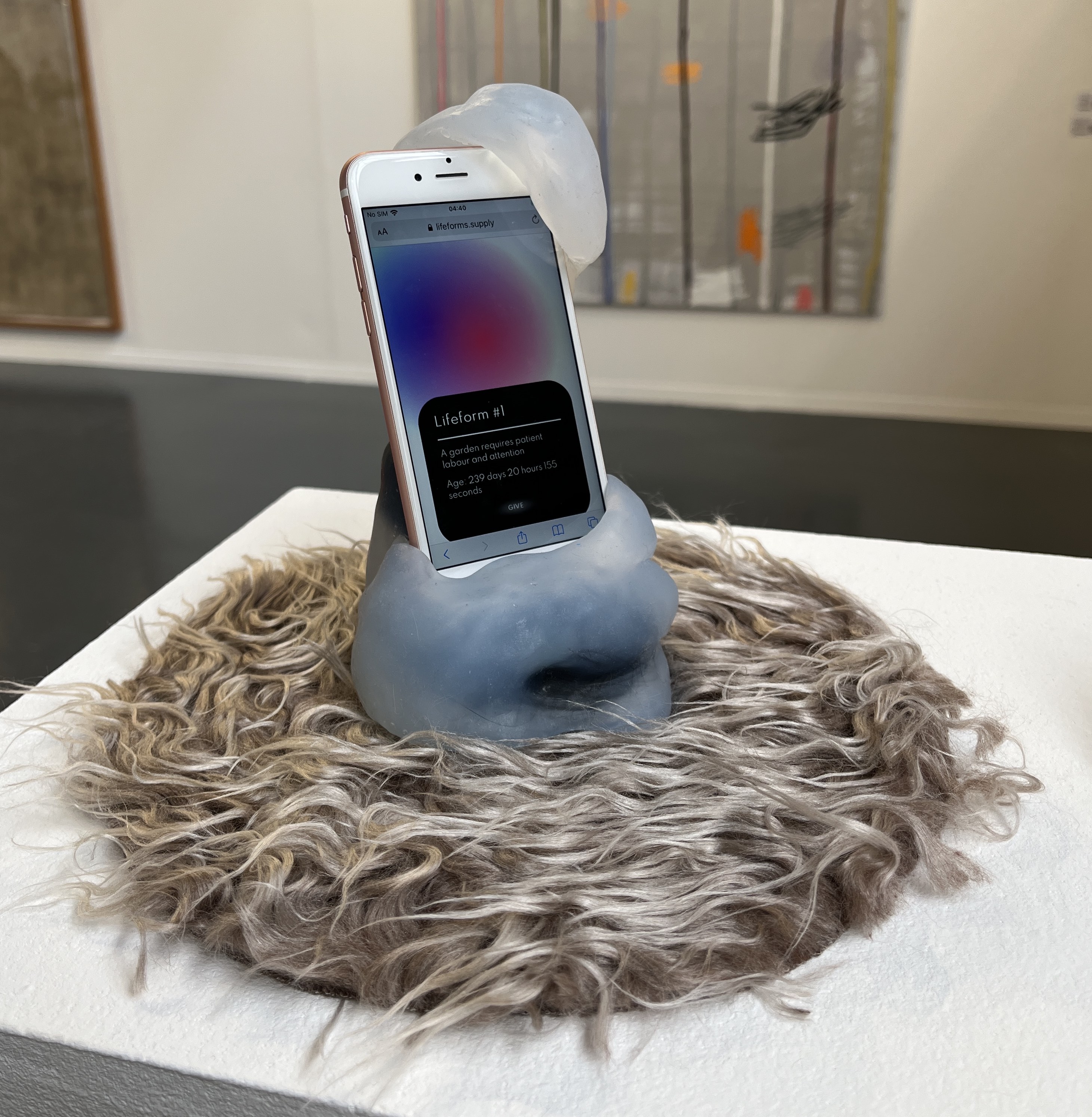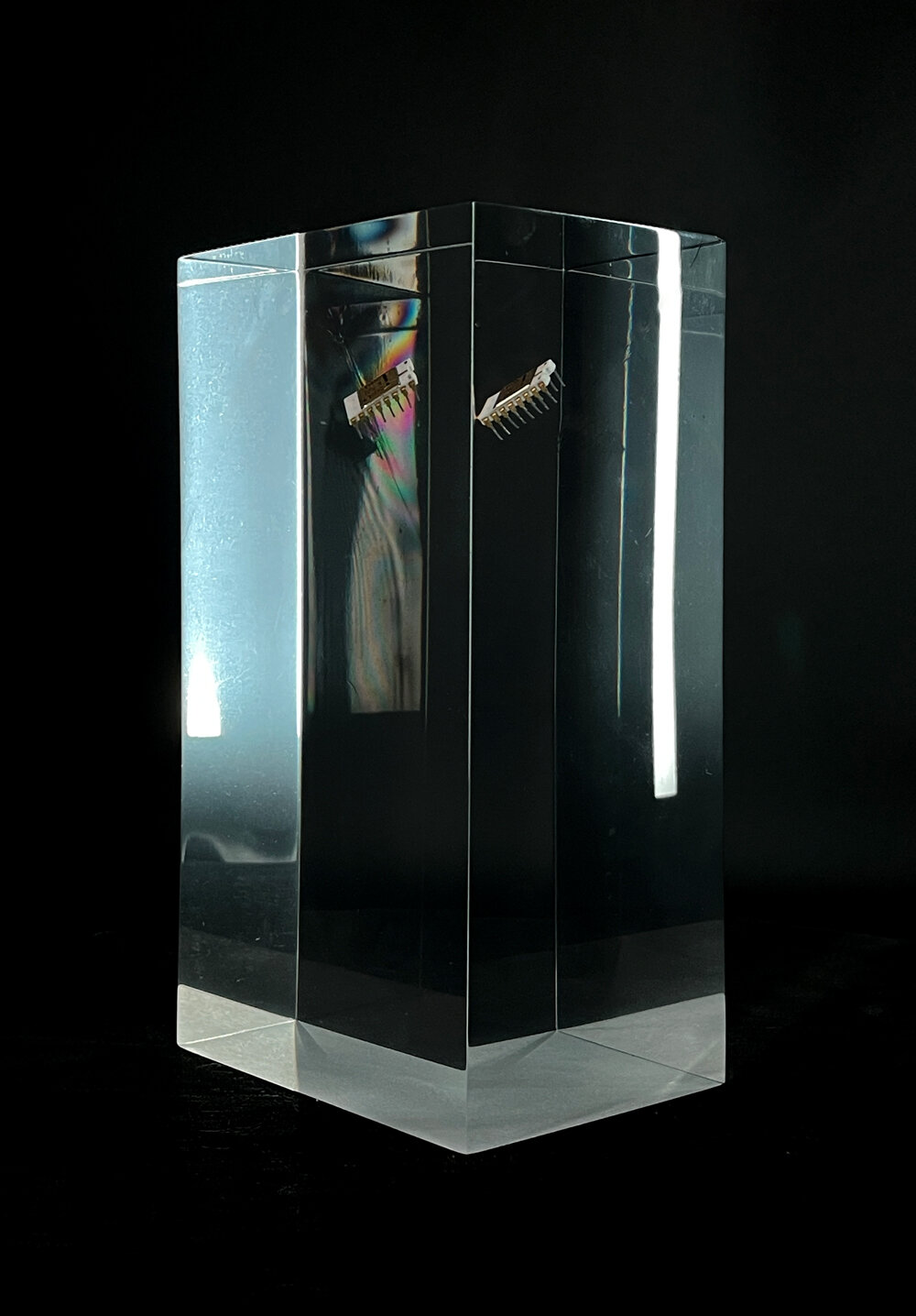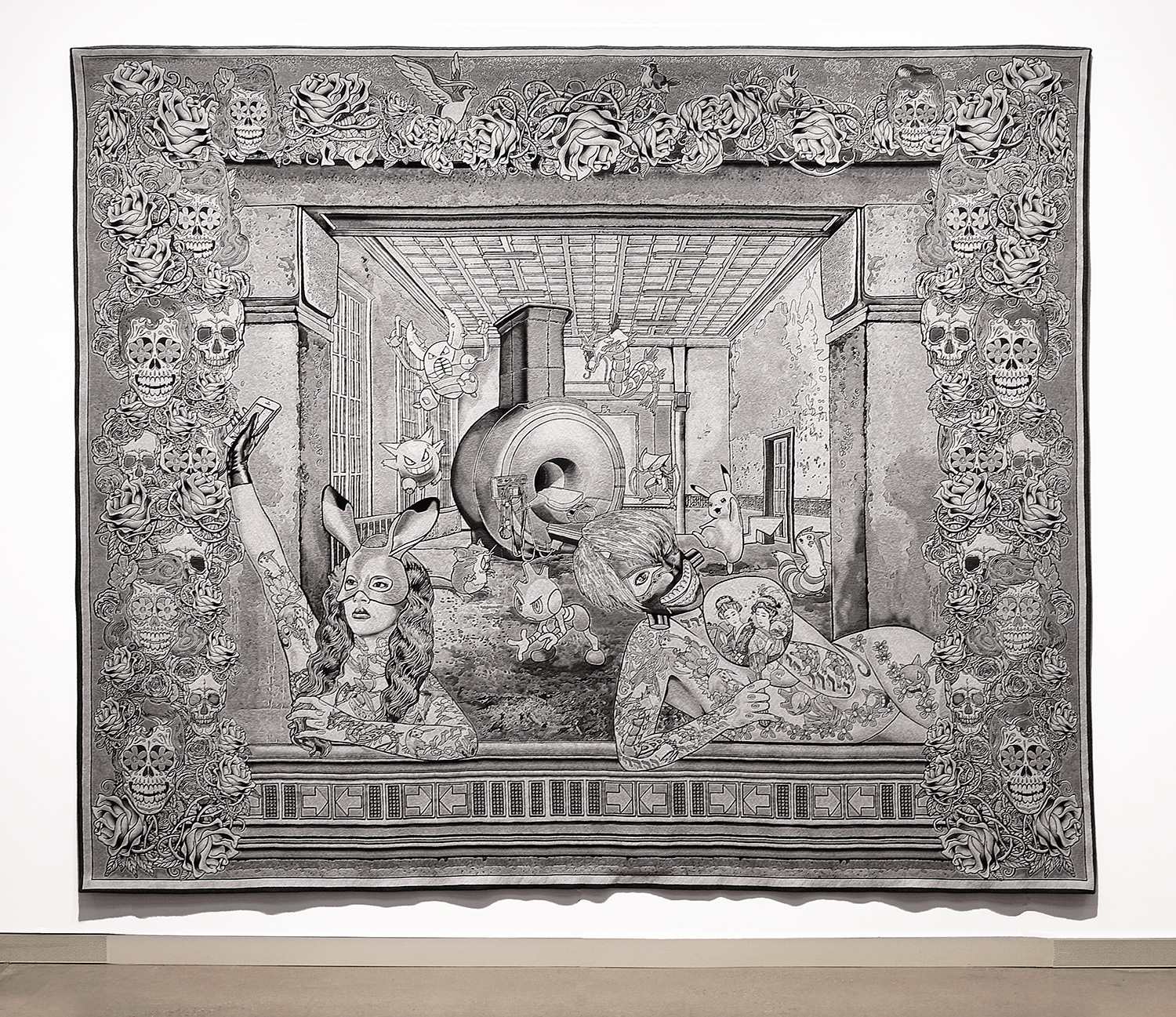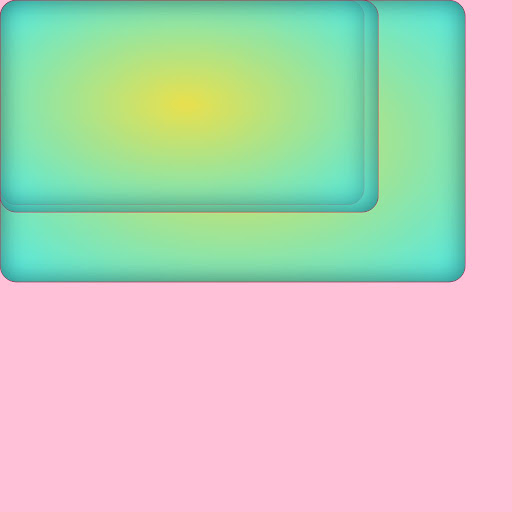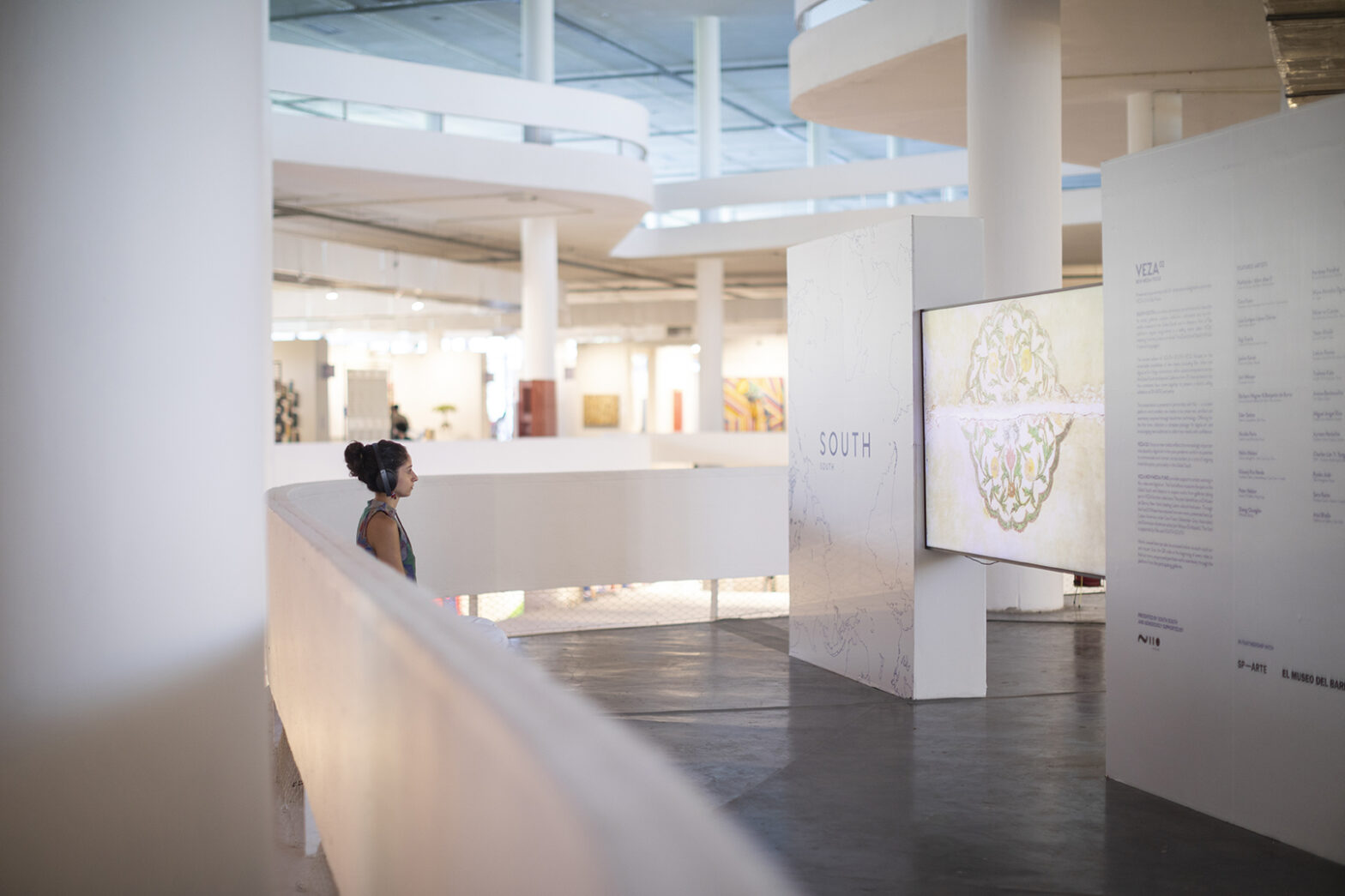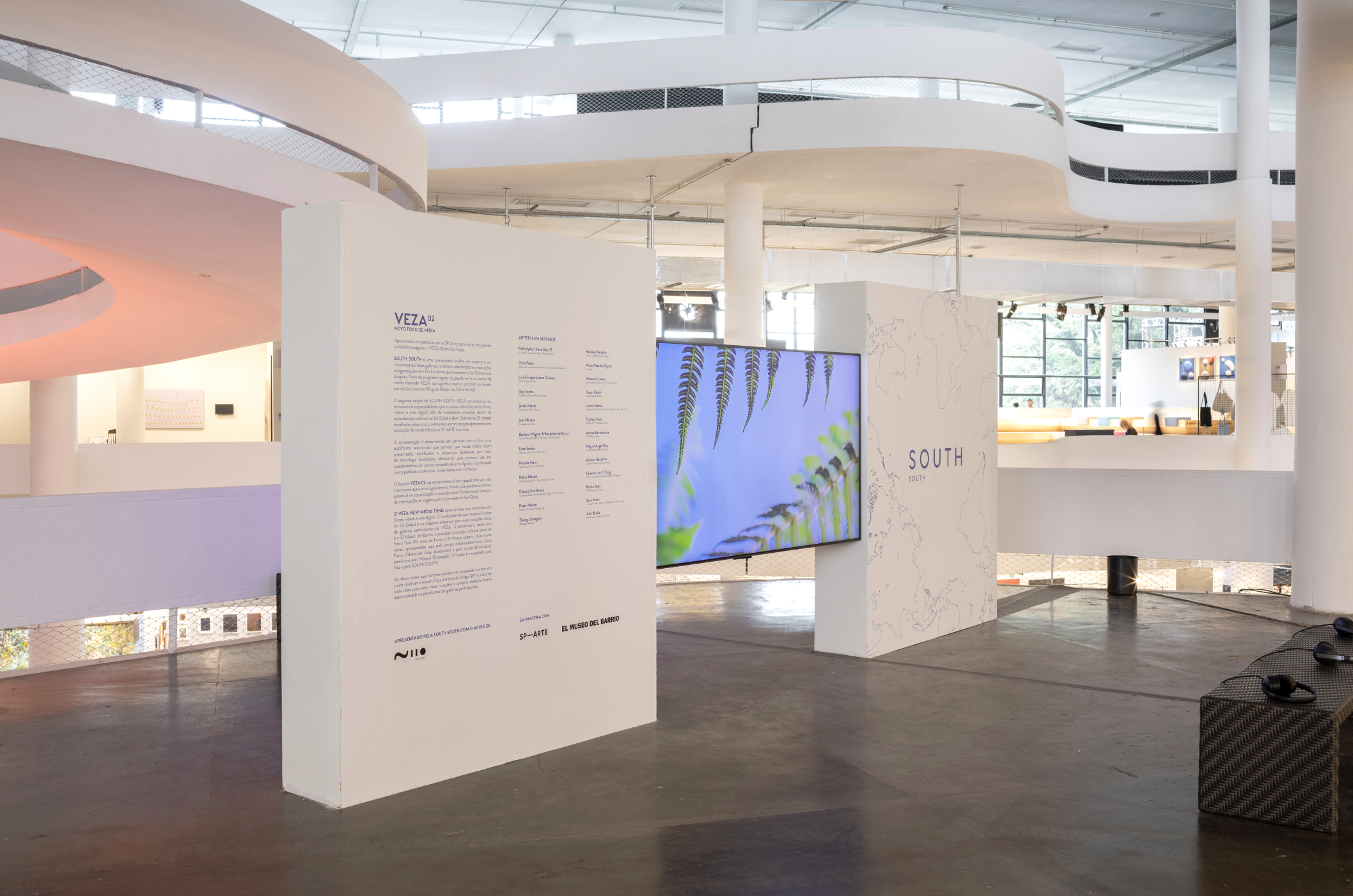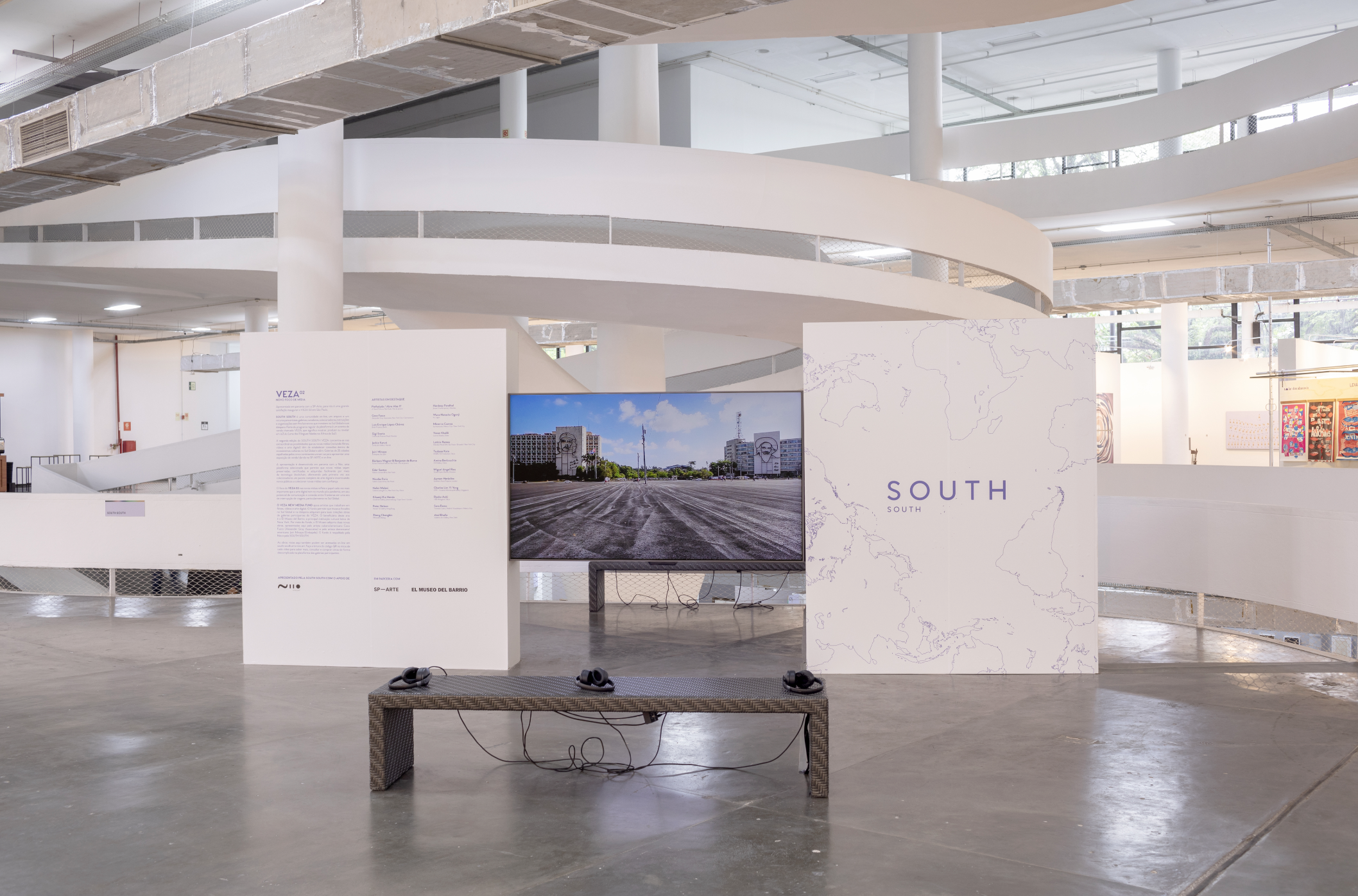Roxanne Vardi and Pau Waelder
An award-winning artist whose work is characterized by otherworldly narratives, Jonathan Monaghan introduces in his animations, prints, and sculptures a critical view of our contemporary society that aims at consumerism and our growing dependence on digital technology. His work has been exhibited at the Sundance Film Festival and the Palais de Tokyo in Paris, and has also been acquired by numerous public and private art collections, including The Crystal Bridges Museum of American Art and the Washington, D.C. Art Bank Collection.
In a recent artcast, Revelations, we showcased a selection of artworks that combine the mundane and the supernatural, drawing inspiration from diverse sources such as depictions of mythological creatures in Middle-Age tapestries or the iconography of the Book of Revelations by St. John of Patmos. Monaghan’s exploration of otherworldly narratives continues in his two recently commissioned artworks, Panther Incensed I and II, which we are now presenting in a dedicated artcast.
In this interview, the artist discusses the themes that inspire his work and his views on the digital age, which contrary to what his stunningly beautiful animations may seem to convey, is deeply critical of what our technology-mediated society has become.
Jonathan Monaghan, Panther Incensed I, 2021
In many of your artworks, including Panther Incensed I and Panther Incensed II, we find Baroque architectural structures that are warped into technological beings. What is it about the combination of these two different motifs that interests you?
I work with baroque ostentation, because the digital age is decadent, in my opinion. It is an age very much about excess, and one that is pervaded by extreme wealth inequality. Also, in all of my work, there is a tension and discordance between natural and synthetic forms, which allows me to explore our uneasy relationship to technology. You can think of my work as therapy for an uncertain future because, like a dream, the imagery in my work embodies these fears and anxieties we have.
You incorporate mythological creatures in your works which are based on art historical references, such as the Unicorn, which is inspired by French medieval tapestries. In contrast, this same creature is frequently used as a pop culture reference, oblivious of its symbolism. What is your opinion on this popularization and vulgarization of mythological references, would you say it is part of the decadence you perceive in our consumer culture?
Traditionally, mythological stories have been born out of a desire to understand humans’ relationship to the wilderness and are deeply connected to the human psyche. Fantastical and otherworldly visions of mythical creatures sometimes offer the best channel to understanding the complexities of human nature and the inhabited world. Stories and symbols that are thousands of years old have indeed been appropriated by entertainment and commercialism, and their meanings have been lost. So my work asks today, in the midst of ecological crises and an often dehumanizing technological dependence: What would contemporary mythology look like? I rebuild these ancient symbols and stories for the digital age.
The digital age is decadent in my opinion. It is an age very much about excess, and one that is pervaded by extreme wealth inequality.
In your works there is frequently a narrative that is laid out in a series of scenes with no dialogues but with significant actions and transformations. How do you conceive of these narratives? What do you want to make explicit, and what do you leave for the viewer to imagine?
The narratives in my work are very loose and subjective, meant to evoke fears and anxieties surrounding authority, commercialism and technology. Because I work closely with the techniques and aesthetics of mass-media, my computer animations are sleek and refined, however the narratives are disjointed and ambiguous. With imagery drawn from science fiction, corporate logos, ancient mythology and baroque architecture, the works are at times jarringly absurd. Installed as continuous loops, with no definite beginning or end, my works allude to a disconcerting reality behind the seductive surfaces of technology and consumerism.
Jonathan Monaghan, Panther Incensed II, 2021
In your art practice there is always this fine balance between a dream-like world and a feeling of dystopia. How would you describe this contrast?
Like many artists, I want my work to reflect the tensions of our contemporary culture. Consumerism and technology co-depend, and utopia and dystopia co-exist in the digital age. So I confront my audience with an illusionistic, yet dehumanized world in which past and present merge into a dreamscape filled with opulent architectural décor and banal mass-produced items of today. At once fanciful and bleak, it portrays our consumerist culture in which technology takes over ecology.
My work asks today, in the midst of ecological crises and an often dehumanizing technological dependence: What would contemporary mythology look like?
There is often a reference to surveillance equipment and cameras in your work. How would you describe your interest in these intrusive apparatuses?
The worlds I portray in my video installations are devoid of human presence, yet these are not your typical post-apocalyptic landscapes. If there are human-like figures, like in Panther Incensed II, they are robotic or like a cyborg. More importantly, in my worlds, products may be on display, security cameras are ominously moving, and everything is sterile and corporatized. I envision this world as an alternate future where technology, the surveillance state, and consumer goods take on a life force of their own, replacing human presence.


